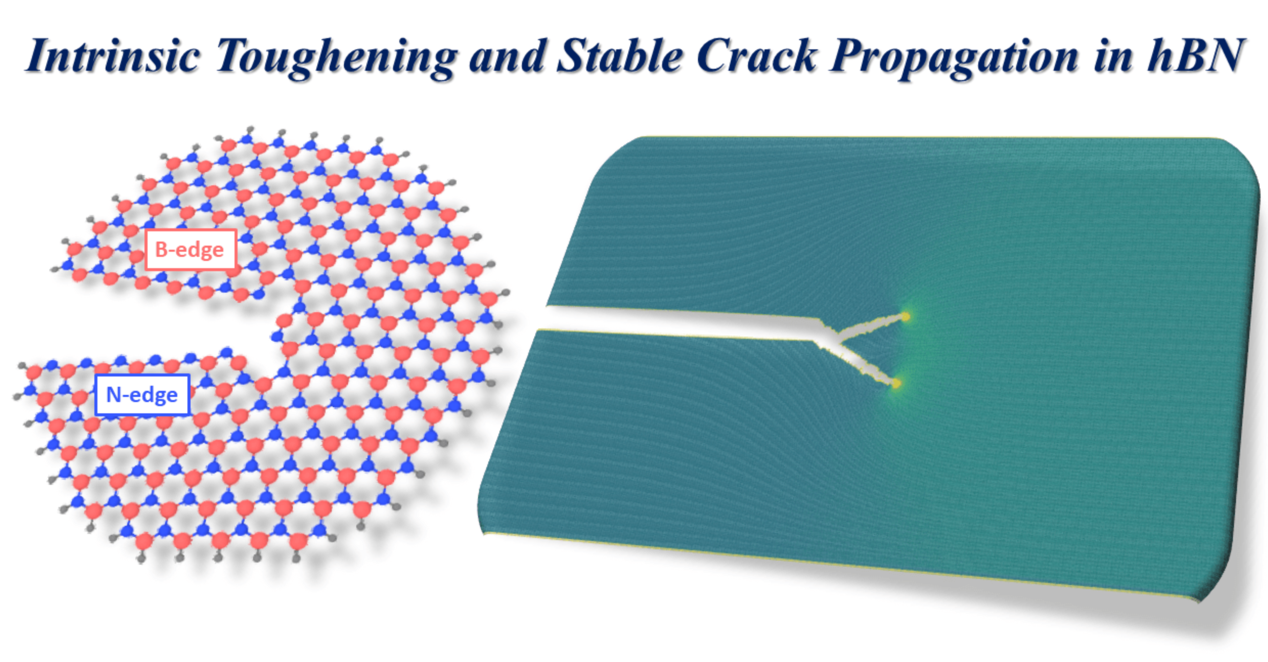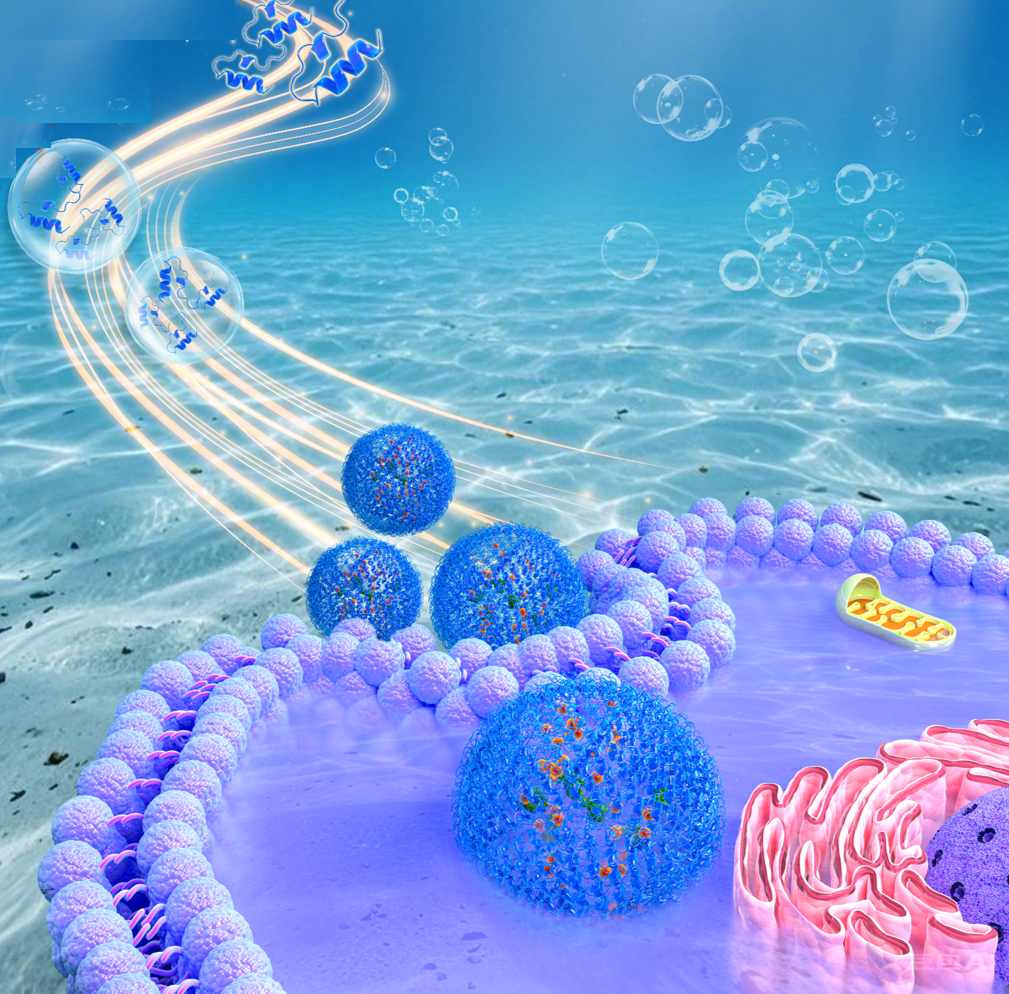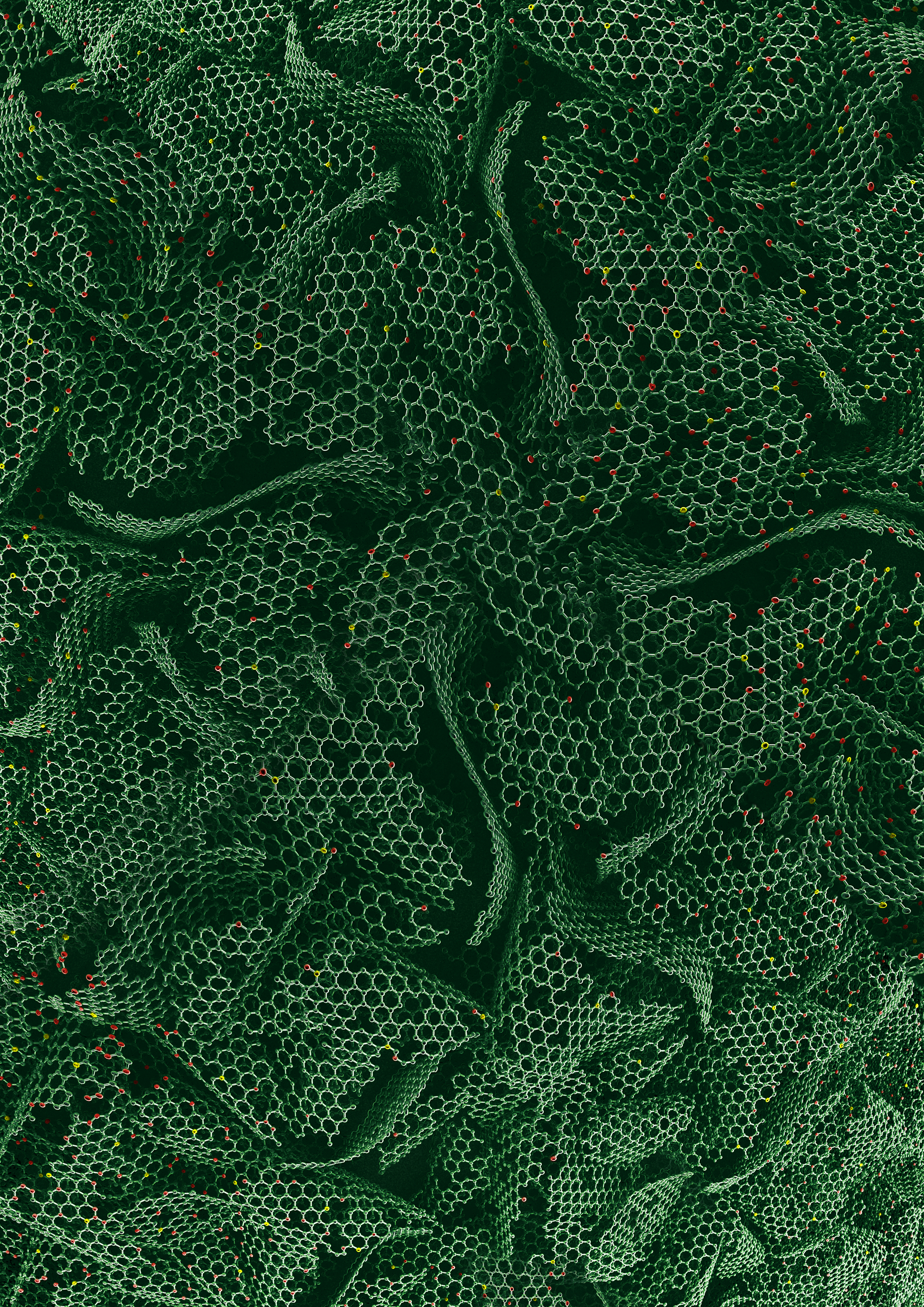Current research in our group is focused on nanomechanics of engineering and biological systems. For engineering systems, we study deformation, diffusion, growth, grain boundaries, stress evolution and failure in thin films, nanocrystalline materials, novel structural and functional materials, and energy materials. For biomechanics and biological systems, we employ continuum mechanics, statistical mechanics and atomistic simulations to explore the ingenius mechanical principles from biological m


